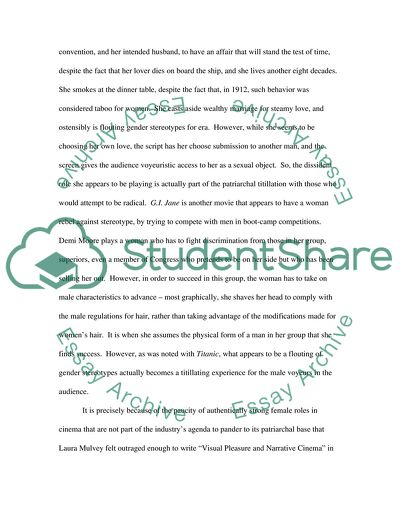Cite this document
(“Course: Spectatorship According to Mulvey, explain her point of view Essay”, n.d.)
Course: Spectatorship According to Mulvey, explain her point of view Essay. Retrieved from https://studentshare.org/miscellaneous/1538605-course-spectatorship-according-to-mulvey-explain-her-point-of-view-of-psychoanalysis-and-radical-feminism
Course: Spectatorship According to Mulvey, explain her point of view Essay. Retrieved from https://studentshare.org/miscellaneous/1538605-course-spectatorship-according-to-mulvey-explain-her-point-of-view-of-psychoanalysis-and-radical-feminism
(Course: Spectatorship According to Mulvey, Explain Her Point of View Essay)
Course: Spectatorship According to Mulvey, Explain Her Point of View Essay. https://studentshare.org/miscellaneous/1538605-course-spectatorship-according-to-mulvey-explain-her-point-of-view-of-psychoanalysis-and-radical-feminism.
Course: Spectatorship According to Mulvey, Explain Her Point of View Essay. https://studentshare.org/miscellaneous/1538605-course-spectatorship-according-to-mulvey-explain-her-point-of-view-of-psychoanalysis-and-radical-feminism.
“Course: Spectatorship According to Mulvey, Explain Her Point of View Essay”, n.d. https://studentshare.org/miscellaneous/1538605-course-spectatorship-according-to-mulvey-explain-her-point-of-view-of-psychoanalysis-and-radical-feminism.


